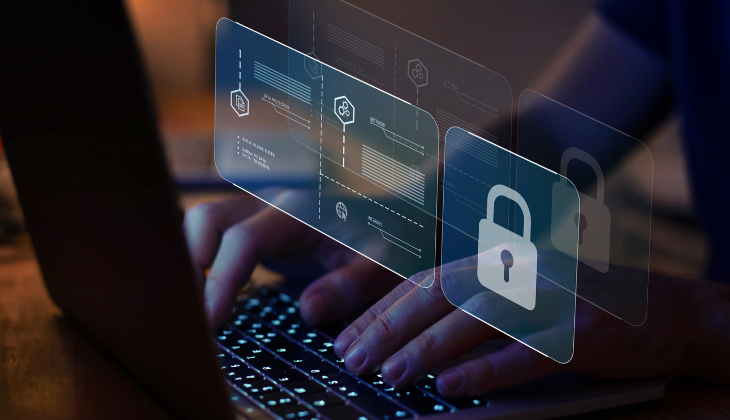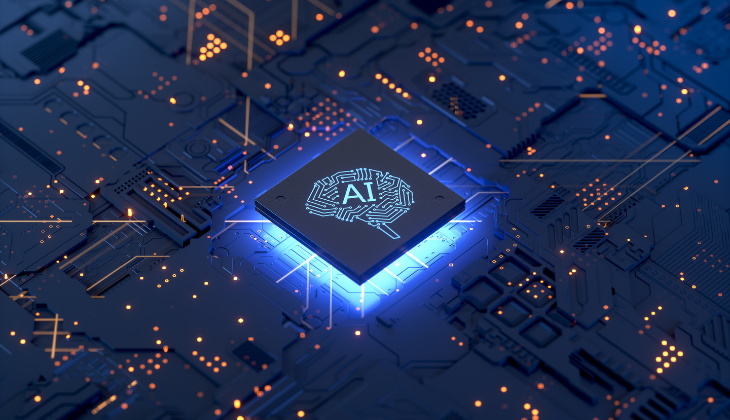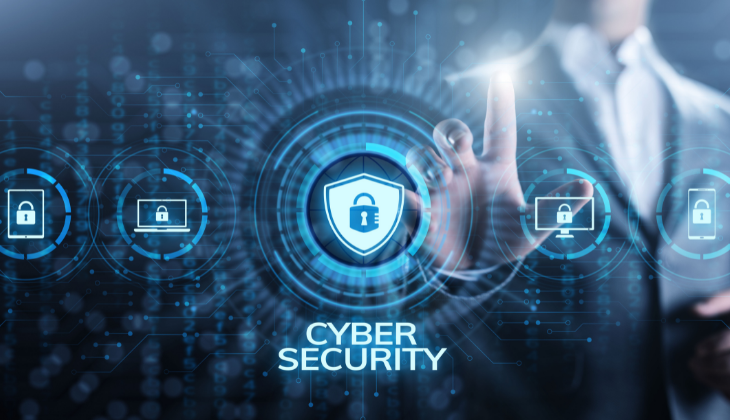The metaverse, remote working, the prevalence of social media and the inception of artificial intelligence in countless professional settings are changing the way we work. And unfortunately fraudsters are evolving their techniques alongside these changes. Data security is therefore a priority and so we thought we’d dedicate this post to the biggest trends in cybersecurity right now. You might well be wondering what cybersecurity is and how it works; read this post and we’ll answer all your questions and help you keep your data secure.

The eight biggest trends in cybersecurity
Extended detection and response (XDR)
Correlating data is essential in preventing cyberattacks. The extended detection and response (XDR) model collects and correlates data from different network points, such as servers, emails, cloud workloads and endpoints, thus seeking to discover and prevent cyber threats in advance.
Cloud security
Valuable corporate documents and assets are no longer stored as they used to be. Traditional archiving has been replaced by more efficient storage methods, such as the cloud. And this opens the door to new threats, making cloud security essential for companies. Protecting data stored in the cloud is one of the biggest cybersecurity trends right now.
Artificial intelligence (AI)
Artificial intelligence (AI) is another area of cybersecurity with development potential. As the technology automates the process of threat analysis, it brings down costs for companies. Used in this way, AI detects potentially unusual behaviours in systems and automatically responds to them.

The fight against Ransomware as a Service
Any post about cybersecurity trends couldn’t not include the technologies fighting against ransomware. A type of malware designed to attack devices and steal data, ransomware is a growing trend. Ransomware as a Service, or RaaS for short, is cheap and sold on the dark web, making protection against it a must.
Cybersecurity analysts
In addition to the automated processes that help bolster cybersecurity, the professionals specialising in the area are a growing trend. Increasing numbers of companies are recruiting analysts that dedicate their time to countering cybersecurity and fraud. Cybersecurity is an increasingly in demand service.
Data encryption and blockchain
An ever increasing number of transactions are made using file encryption. And the trend is growing. Data encryption and blockchain are said to be the pillars of cybersecurity for both companies and individuals. These technologies can both help protect sensitive information and make sure only the right people have access to these data.

Biometric authentication
Biometric authentication systems use biological characteristics that are unique to the individual to verify the person is who they say they are. Only then does the system enable access to applications and other parts of the network. The trend has a real impact on data security.
Zero trust security model and new legislation
Last but by no means least, many companies employ the zero trust model, meaning that devices should always be verified instead of being trusted by default. Assessing potential risk, this prevention system is particularly powerful when paired with the new legislation put in place by governments and institutions, and may define the future of cybersecurity. Legislation on cybercrime is becoming increasingly tighter and will play a key role in the coming years.
The Costa del Sol, a booming technology hub
In the Costa del Sol - a popular destination for technology companies - cybersecurity is much revered. As are the events, trade fairs and conferences held in the destination with the support of world-class service providers operating in the sector. Come to the Costa del Sol and throw yourself into all the events on as part of the local calendar. AOTEC 2022 is a great example of an event being held at Palacio de Ferias y Congresos de Málaga. Make sure you don’t miss it.







